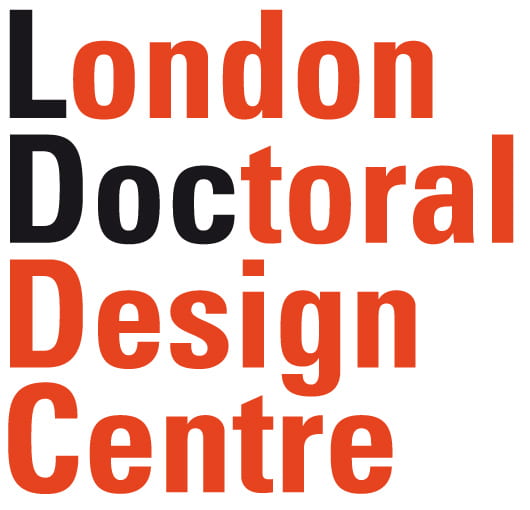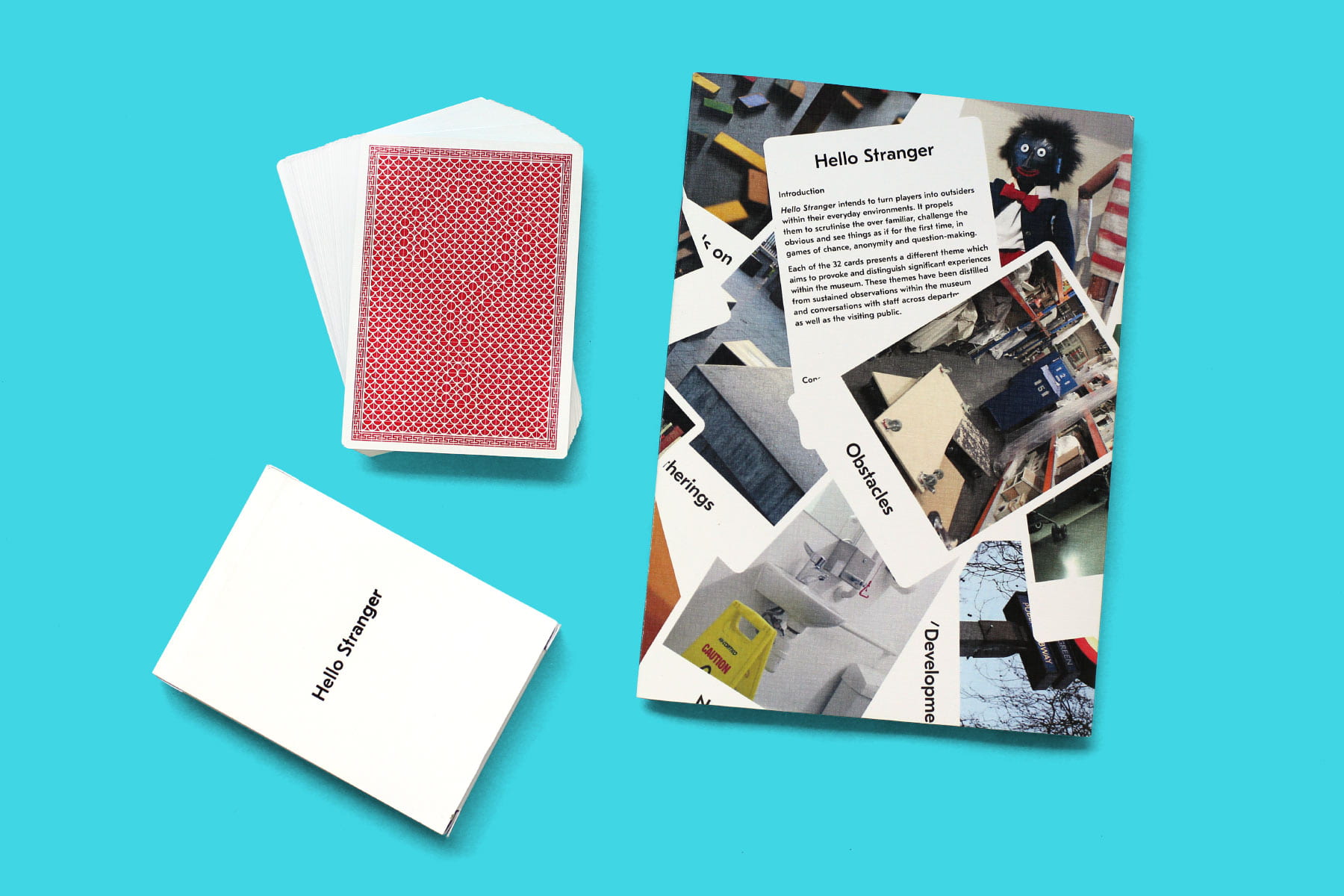[slideshow_deploy id=’2175′]
The complex societal challenges of mass-urbanisation, ageing-population, migration and housing are just a few that exert pressure on the physical and social fabric of the built environment.
Yet despite claims that design is best suited to addressing these concerns—by identifying and framing problems, and collaborating with communities—the question remains as to whether designers require radically different approaches when making sense of complex realities other than their own.
Grounded in the notion that design as a social practice requires renewed critical faculties that better aid the understanding between diverse socio-cultural groups and designers within participatory design (PD) processes, this research will propose an interdisciplinary position that draws on artistic devices of “defamiliarisation” and “estrangement” as contextual research methods to reduce “user abstraction”, and inform better design outcomes. In doing so, it will investigate how artistic devices of estrangement can transpose users to a critically engaged position when sharing insights on complex lived experiences.
Although the relationship between defamiliarisation and design are not entirely new, research and practice has been limited to the near-future scenarios of speculative and Critical Design and the act of ‘making strange’ outside a participatory and human-centred context.
To investigate the role of artistic devices estrangement within PD, this research will review a series of experimental interventions situated within live design projects. These interventions engage participants and stakeholders through a series of introduced ‘defamiliarising’ methodologies that acknowledge the habituated perception of lived experience within design processes.

